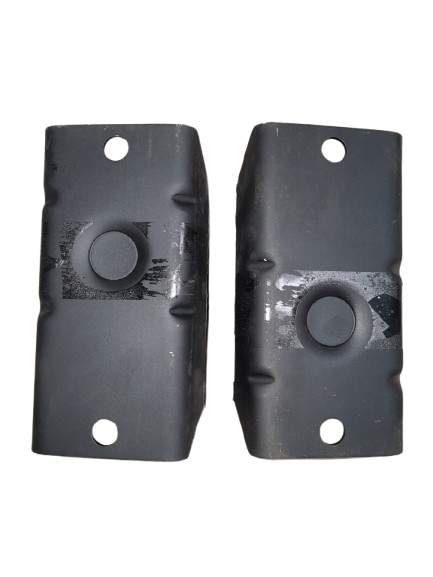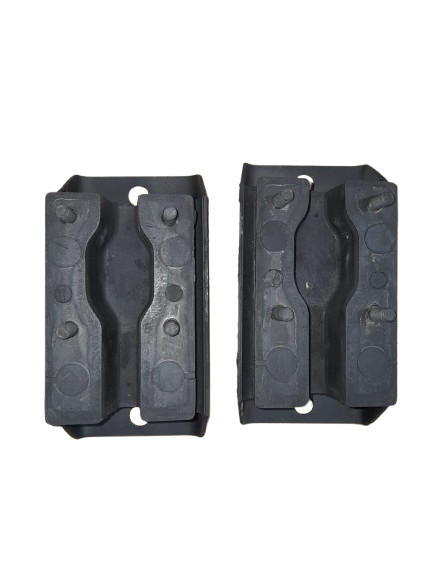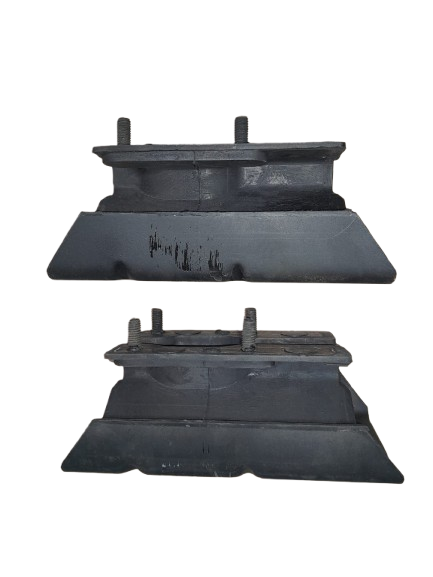


Overview
The Jeep Cherokee XJ, produced from 1984 to 2001, is well-known for its rugged design and reliable 4.0L inline-six engine. A crucial component of this vehicle’s powertrain support system is the engine mounting assembly, which ensures the engine remains securely in place while absorbing vibrations and torque forces generated during operation. Understanding the structure and function of the engine mounts is essential for maintenance, performance upgrades, or restorations.
Purpose of Engine Mounts
Engine mounts serve a dual function:
- Securing the Engine: They hold the engine firmly to the chassis, ensuring it stays aligned with the transmission and driveline components.
- Vibration Dampening: Engine mounts, typically made of a rubber or polyurethane compound, absorb and dampen engine vibrations that would otherwise transfer into the cabin, providing a smoother and quieter ride.
In high-performance or off-road setups, aftermarket mounts made from stiffer materials may be used to reduce engine movement under load.
Design and Location of the Mounts
The 4.0L engine in the XJ uses two primary engine mounts:
- Driver Side Mount
- Passenger Side Mount
These are located on either side of the engine block, connecting to brackets bolted to the unibody frame rails. The mounts themselves consist of:
- A metal housing or bracket
- A rubber or polyurethane isolator
- Bolts that secure the mount to both the engine block and frame
The rubber insert plays a key role in isolating engine movement from the vehicle’s body.
Common Issues with XJ Engine Mounts
Over time, especially in older or heavily used Cherokees, the rubber in the engine mounts can crack, degrade, or completely separate. Signs of failing engine mounts include:
- Excessive engine movement or rocking
- Clunking sounds during acceleration or shifting
- Increased cabin vibrations
- Misalignment of engine-driven components
Replacement and Aftermarket Options
Replacing the engine mounts on a 4.0L XJ is a relatively straightforward process but requires proper support of the engine during removal. OEM-style rubber mounts are suitable for most daily drivers, while polyurethane mounts are recommended for off-road or performance builds, as they offer improved durability and reduced flex.
Aftermarket companies like Brown Dog, Ironman4x4Fab, and M.O.R.E. offer heavy-duty engine mount kits designed specifically for the 4.0 XJ platform, often with upgraded brackets and bushings.
Conclusion
The engine mounting system on the Jeep Cherokee XJ 4.0L is a vital part of the vehicle’s drivetrain and structural integrity. Keeping engine mounts in good condition ensures better performance, ride comfort, and component alignment. Whether you are maintaining your XJ for daily driving or building a trail-ready rig, understanding and choosing the right engine mounts is essential for longevity and reliability.
